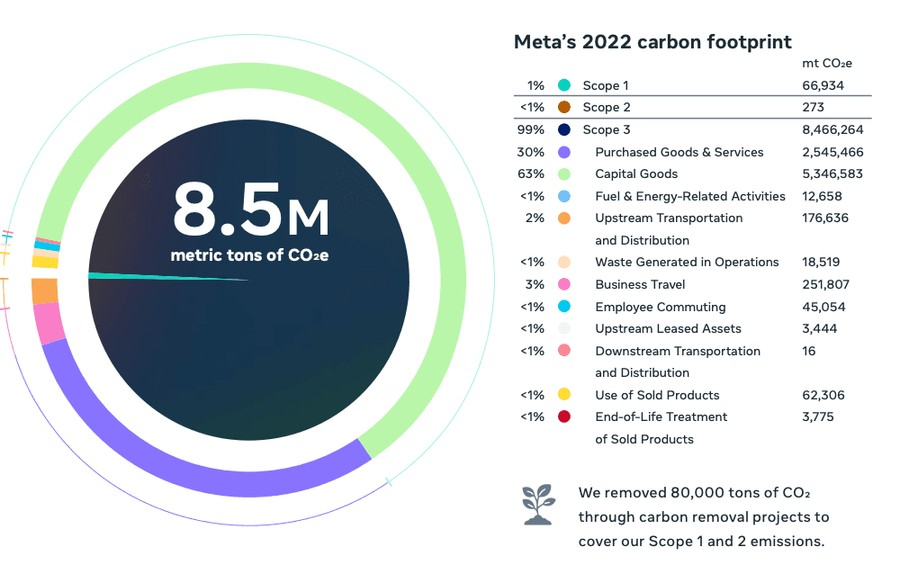Contents
- Public and Private Climate Disclosure
- Public vs Private – Entities Covered
- Relevant Legislative Instruments
- Assurance and Verification
- Supporting Programmes and Policies
Share this article
As the regulatory environment around sustainability reporting continues to shapeshift, ESG and sustainability leaders are increasingly turning their attention to the upcoming mandatory climate-related reporting requirements and the Australian Sustainability Reporting Standards (ASRS). Jurisdictions across Asia, Europe, the United Kingdom, North and South America and Africa are also implementing similar reporting requirements. In Australia and internationally, this is the biggest financial reporting shift in a decade and there is much work to be done, but how can leaders look at this regime as not just a compliance requirement – but a strategic advantage? Here we explore 7 key ways mandatory climate reporting can strengthen your ESG strategy and how you can leverage it for efficiencies, opportunities, change and innovation.
1. Driving Stakeholder Engagement
Compliance with climate-related reporting standards can significantly enhance stakeholder engagement, especially at the senior level given that the responsibility sits with the Board of Directors. Transparent and detailed reporting provides stakeholders with a clear understanding of the organisation’s sustainability efforts, climate risks, and opportunities. This increased visibility helps achieve buy-in from senior management and other key stakeholders, driving sustainability initiatives throughout the organisation.
Mandatory climate reporting places ESG, particularly climate, as a priority for the Senior Leadership team, finance team, risk team, and the Board.
Although the current Australian legislation is ‘climate first,’ it is not ‘climate only’. As the Australian Accounting Standards Board (AASB) may adopt the full suite of International Sustainability Standards Board (ISSB) standards starting with IFRS S1 general requirements for sustainability reporting and IFRS S2 climate-related disclosures, and with nature-related standards hot on its heels, this presents an opportune time for sustainability leaders to engage with your stakeholders to advance previously identified initiatives and prepare for future broader ESG requirements.
Getting started early, including voluntary reporting can demonstrate leadership ahead of peers, and prepare you for a smoother transition towards mandatory requirements.
2. Discovering Efficiencies and Savings
Understanding your organisation’s carbon footprint (Scope 1, 2, and 3) through mandatory climate reporting can uncover opportunities for efficiency improvements and cost savings, as well as to understand potential vulnerabilities and opportunities in your value chain.
It can also strengthen relationships with supply chain partners by demonstrating an awareness of emissions and a robust plan to reduce them.
Detailed insights into energy use, waste management, and resource allocation help identify hotspots and inefficiencies that can be addressed to reduce costs and inform strategic decisions that enhance operational efficiency and sustainability. This process forms a comprehensive vision of your organisation’s carbon footprint in both the short and long term.
Below is an example of Meta’s carbon footprint giving insights into where the hotspots lie and where to focus on reductions. Like Meta many organisations also contribute to abatement via insetting or offsetting – ideally into carbon projects with co-benefits.

Carbon accounting software such as RouteZero combined with strategic expertise is a great way to approach undertaking your greenhouse gas (GHG) inventory and gain a strong and comprehensive data set that positions you for continued success.
The principle “you can’t improve what you don’t measure” is particularly relevant here. Measuring your carbon footprint can yield quick wins and establishes the foundation for identifying and implementing improvements that reduce emissions, lower operating costs, and mitigate risks.
Starting early to understand your carbon footprint before disclosure is essential, as data improvement is often necessary to enhance the accuracy of estimates.
Engaging with your supply chain is crucial for acquiring more accurate emission estimates and collaborating on reduction initiatives. Many organisations face barriers in influencing emissions from purchased goods and services and operations within their supply chain, but significant reductions can be achieved through effective supplier engagement.
3. Minimising Climate Risk and Maximising Opportunities
By identifying and understanding climate-related risks and opportunities through mandatory climate-related reporting, companies can ensure they are resilient to risks and can capitalise on opportunities in a decarbonising world.
Demonstrating strong ESG practices can attract investment, as investors increasingly prioritise sustainability and the links between sustainability and financial performance over the short, medium and long term in their decision-making processes. Companies with robust ESG credentials and reporting are better positioned to access capital markets and secure favourable financing terms.
Scenario analysis is a well-established method for developing strategic plans that are more robust to a range of plausible futures. The process of undertaking scenario analysis can help a company understand how climate-related risks and opportunities may impact their business model, strategy and financial performance over time. This proactive approach not only highlights how companies need to respond to risks but also uncovers opportunities for potential innovation and growth.
Learn how private equity firms can capitalise on climate risk management to generate value in the transition to net zero.
4. Enhancing Market Access and Talent Attraction
Leveraging the data and initiatives required via mandatory climate reporting can improve market access by aligning with the expectations of consumers, partners, and regulators.
Companies that demonstrate commitment to sustainability are more likely to build strong, trust-based relationships with these stakeholders. For example, suppliers who place ESG principles at the heart of their operations and strategy are more appealing partners.
As global and local community expectations rise along with regulation – the ecosystem must work together to hold one another responsible. A solid reputation for ESG performance can help attract and retain top talent, as employees increasingly seek employers with values that align with their own.
A survey by IBM found that 71% of employees and job seekers find environmentally sustainable companies more attractive. Additionally, over two-thirds are more likely to apply for and accept positions with socially responsible organisations, and nearly half would accept a lower salary to work for such companies.
Being a B Corp, we’ve found, is also a good way to attract and retain talent, as it demonstrates a commitment to social and environmental responsibility, aligning with the values of employees and prospective hires.
5. Improving Sustainable Performance
Mandatory climate-related reporting and related transition planning provide a structured framework to drive sustainable performance and place sustainability at the heart of decision-making.
By undertaking the process involved in complying to standards such as the ASRS, measuring, monitoring, setting clear targets and regularly tracking progress, organisations can identify areas for improvement, align operations with sustainability goals, and enhance overall performance.
This proactive approach not only meets regulatory demands but also positions the company as a leader in sustainability. Essentially, it serves as your organisation’s sustainable performance analysis, reflecting community expectations and how your organisation measures up. This is particularly the case for organisations who use the reporting framework as a catalyst to prioritise deeper action and to implement a credible climate-related transition plan.
6. Upgrading your Data Capture and Reporting with Digital Tools
Considering mandatory climate reporting will be a compliance requirement, the adoption of digital tools is worth considering for efficient data capture and accurate reporting.
Advanced software solutions can streamline the collection, analysis, assurance and dissemination of ESG data. These tools enable real-time monitoring and facilitate detailed reporting, ensuring that all relevant metrics are captured accurately and timely. This digital transformation supports transparency and accountability, making it easier to demonstrate compliance and communicate performance to stakeholders.
With ESG software such as MERO you can add your suppliers as users to include their data into your database. You can tailor questions targeting mandatory reporting requirements, specific to suppliers and risks associated to suppliers as part of the solution.
7. Strengthening Governance
Mandatory climate-related reporting strengthens the G in your ESG strategy by integrating sustainability into core decision-making processes.
It compels your organisation to establish strong frameworks for monitoring and managing climate risks and opportunities, promoting transparency and accountability. This enhances you oversight mechanisms, ensures compliance, and fosters a culture of continuous improvement.
Improved governance practices build continued trust with your stakeholders and will contribute to long-term organisational resilience and success.
In Summary How Mandatory Climate Reporting Can Strengthen Your ESG Strategy
For senior ESG and sustainability leaders, the road ahead involves continuous learning and adaptation. Stay informed about regulatory changes, engage your people and stakeholders to understand why ESG matters to your organisation, invest in the right tools and technologies, and foster a culture of transparency and engagement.
By utilising mandatory climate-related reporting as a strategic way to strengthen your ESG strategy you can create value, impact, and drive sustainable performance.
By utilising digital tools, engaging stakeholders, discovering efficiencies, minimising climate risks, maximising investment opportunities, and enhancing market access and talent attraction, your organisation can turn these new regulatory requirements into a competitive advantage to drive sustainable performance.
Want to Chat about How Mandatory Climate Reporting Can Strengthen Your ESG Strategy?
If you’d like to learn more about any of these topics or would like to discuss mandatory climate reporting, your ESG strategy, decarbonisation or broader sustainability initiatives, please reach out to our experts we’re here to help.


